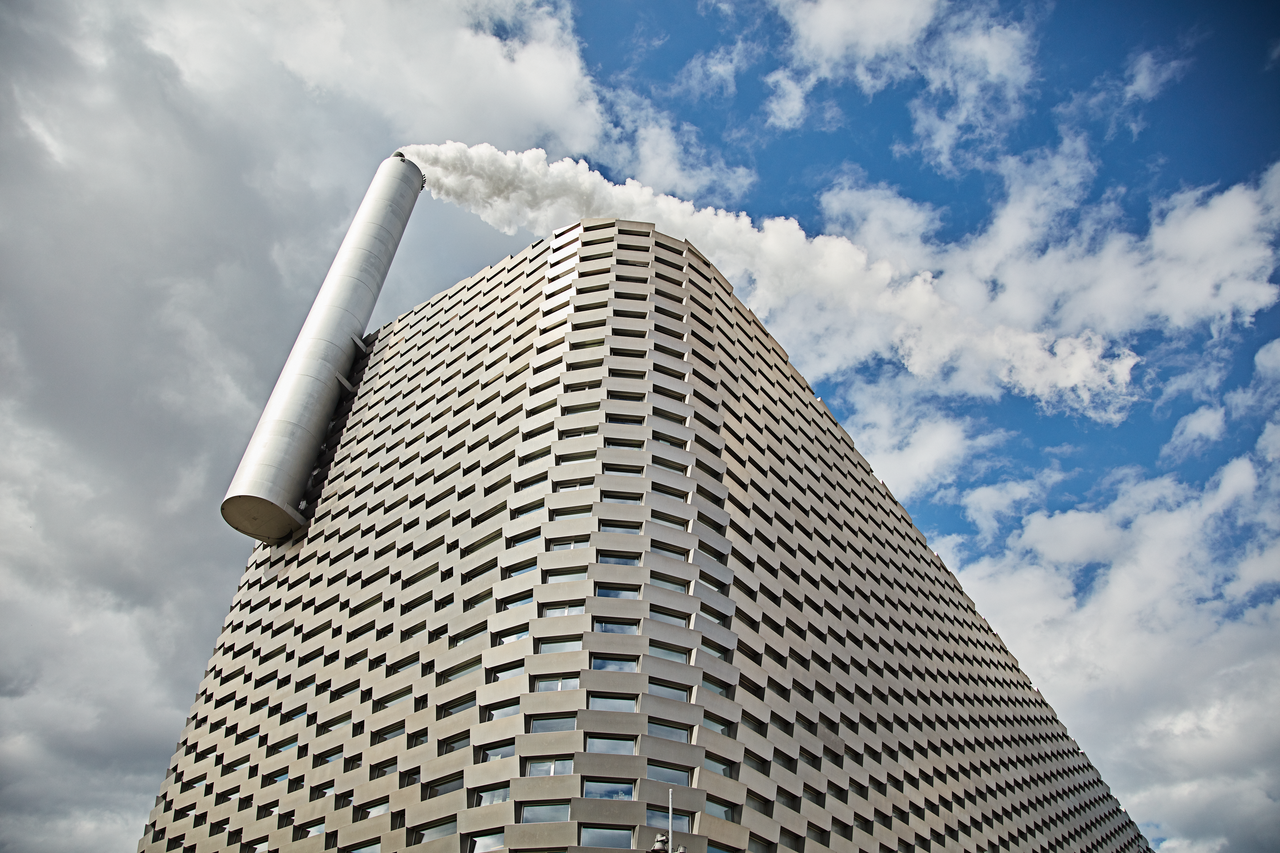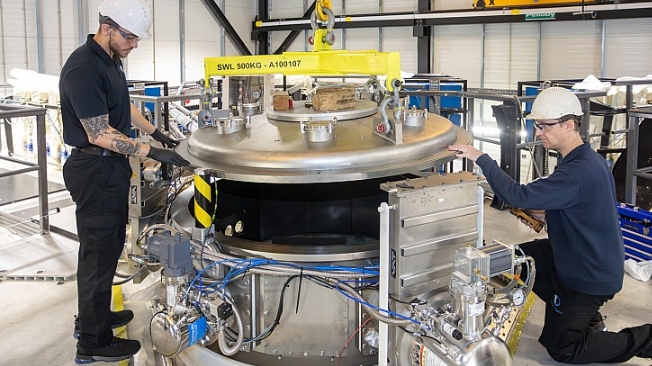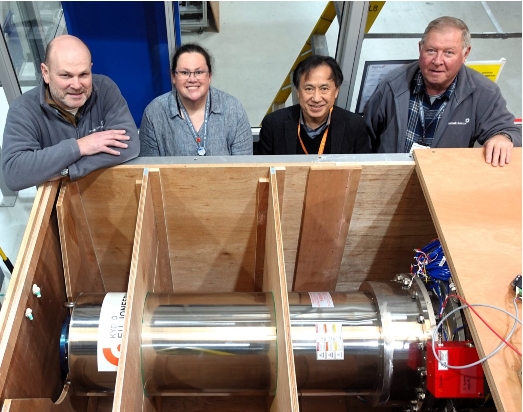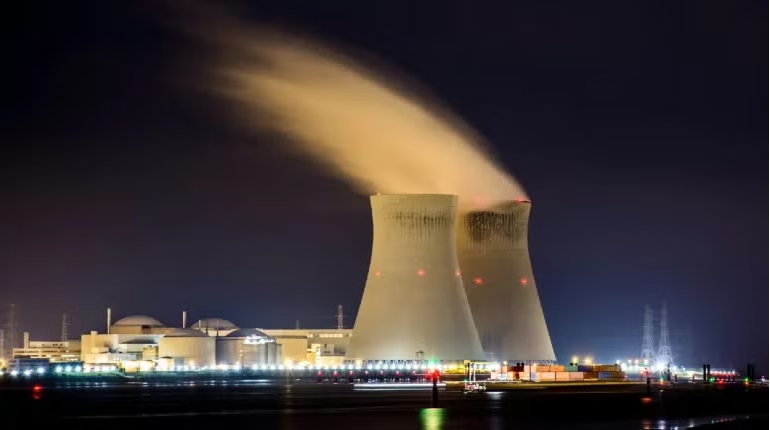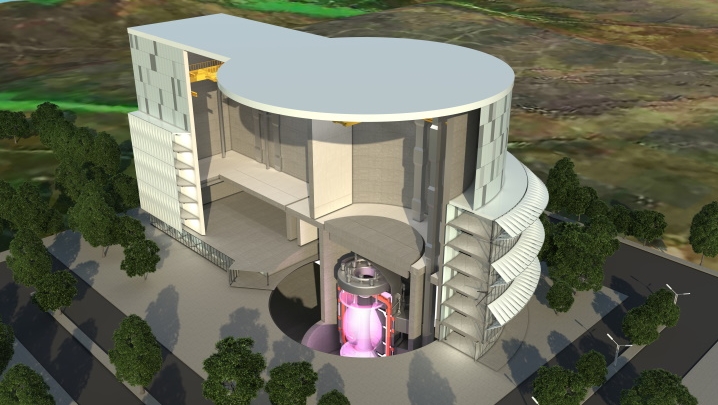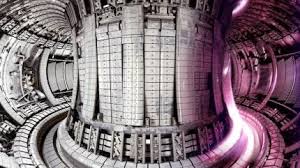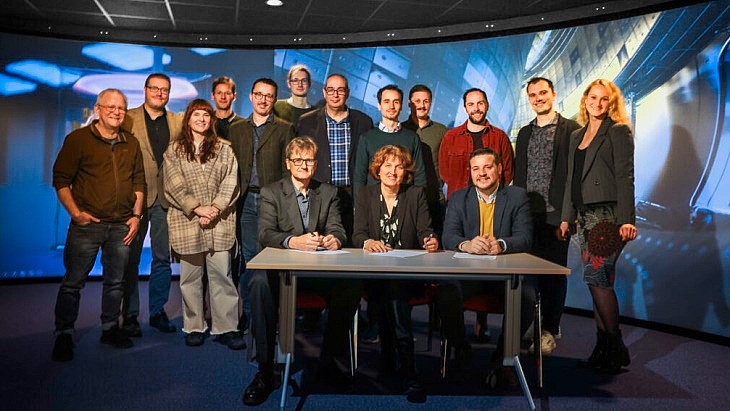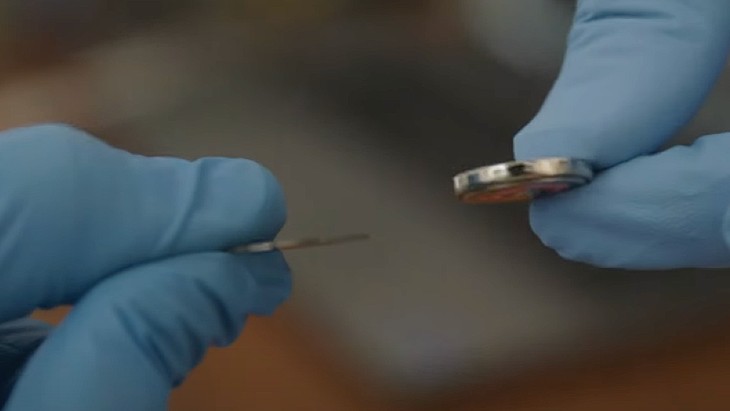The cluster collaboration on carbon capture in the Danish capital can capture approx. 3 million tonnes of CO2 annually from energy facilities in the region. Ramboll analyses identified the key benefits of a cluster, including substantial reductions in the cost of transporting and storing CO2.
The Danish authorities have reached out to pre-defined clusters of dense industry and populations in Denmark and asked for recommendations for how to set up infrastructure to transport CO2 in each cluster.
Ramboll assisted the cluster cooperation for CO2 in the Greater Copenhagen region, a cooperation of 18 private and public companies headed by the Copenhagen Carbon Capture Cluster (C4), with technical input to their recommendations to the authorities.
There is a potential to capture approximately 3 million tonnes of CO2 annually from the energy facilities in the cluster. Additionally, there is a potential for economies of scale by importing CO2 from nearby countries to drive economies of scale.
Ramboll prepared the following analyses:
- Scenario development and calculations on emissions, transport, and storage. Additionally, opportunities to use excess heat from CO2 compression and liquefaction were considered
- Requirements for carbon dioxide specifications and quality requirements
- International overview of emissions, transport chains, CCS policies, and import potential
- Climate impact of the required infrastructure
”The primary benefit of clusters is to drive down the cost of transport and storage of CO2. One of the major takeaways from our analyses was the demonstration of substantial economic benefits of cluster cooperation over individual initiatives with regards to removal of carbon dioxide,” says Project Manager at Ramboll Per Jørgensen.
Key identified benefits from a CO2 cluster
Through the technical analyses, Ramboll identified and quantified the key benefits from establishing a CO2-cluster:
1. Reduction of duplicates in the CO2 value chain
Establishing a shared value chain reduces the number of infrastructure facilities required for transporting CO2, such as ports and intermediate storage sites.
2. Ensuring sufficient scale for pipeline infrastructure
A joint investment into pipeline infrastructure future-proofs the system and drive lower unit cost – increasing significantly with scale, which opens the door for additional smaller point sources and CO2 import to Denmark. It also reduces the climate impact of the system and road congestion by reducing reliance on trucks for transport.
3. Utilisation of larger ships for end-storage
Combining multiple point sources allows for the utilisation of larger vessels for shipping CO2 to sequestration site, with significantly lower cost per tonne of CO2.
4. Integration of multiple CO2 sources reduces variation across seasons
By leveraging multiple CO2 point sources, ideally with asynchronous seasonal variation, the cluster will be able to drive down the unit cost, without significant increases in capacity.
5. Integration with the modern energy system
With fewer, and larger, compression sites there is a potential for capturing and utilising excess heat in the district heating network
Another key driver of cost reduction, unrelated to the cluster itself, is the potential for on- or near-shore storage in Denmark, which will drive significant cost reductions.
